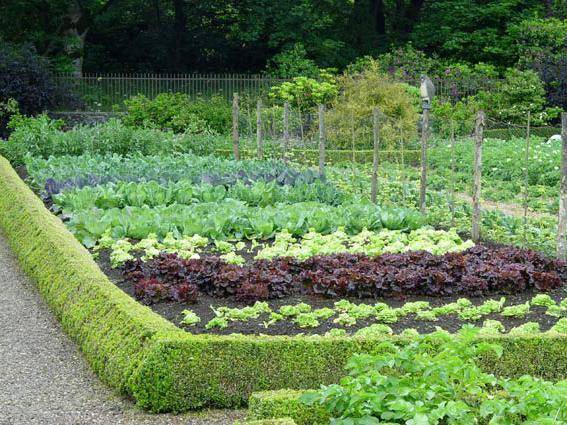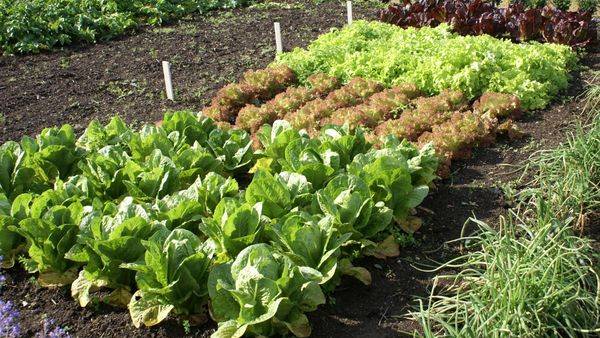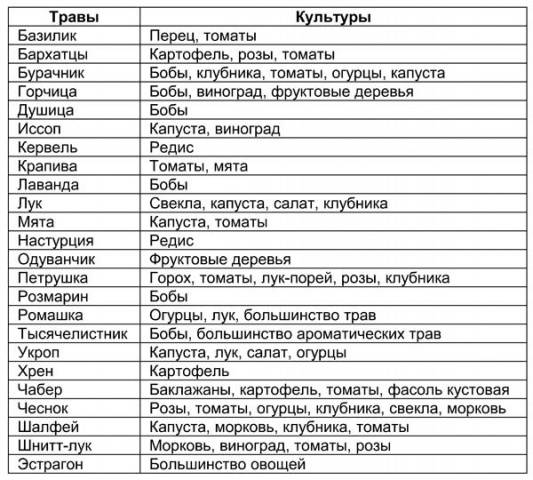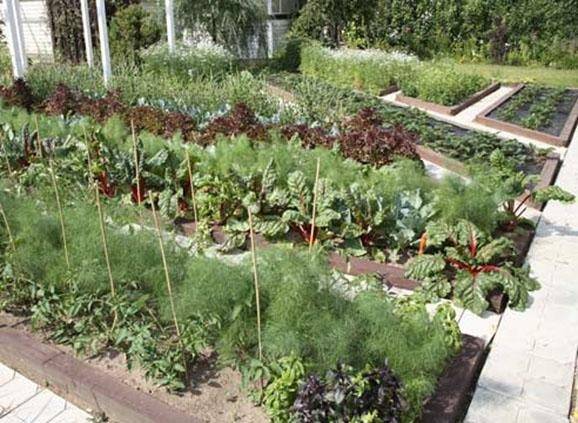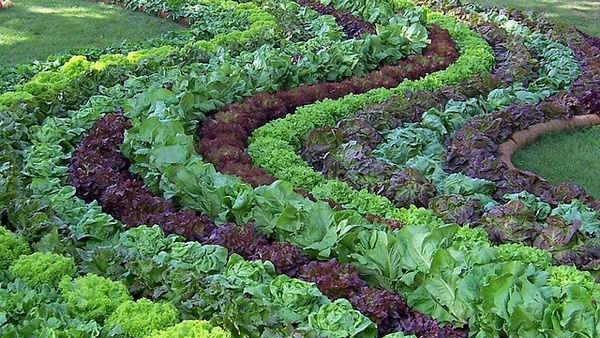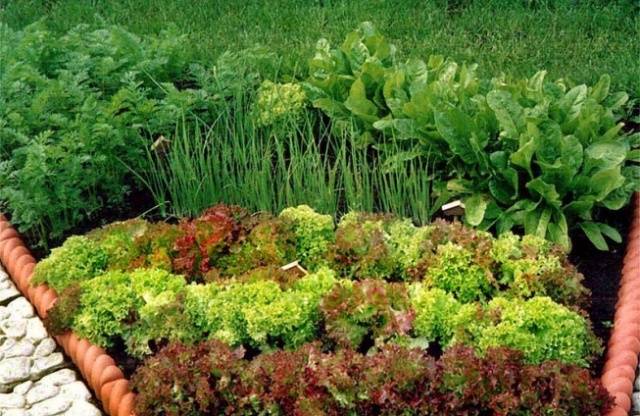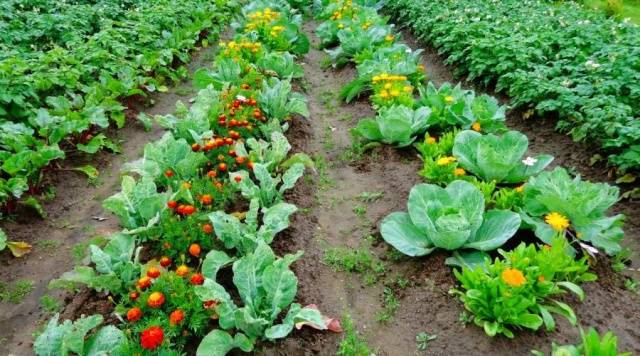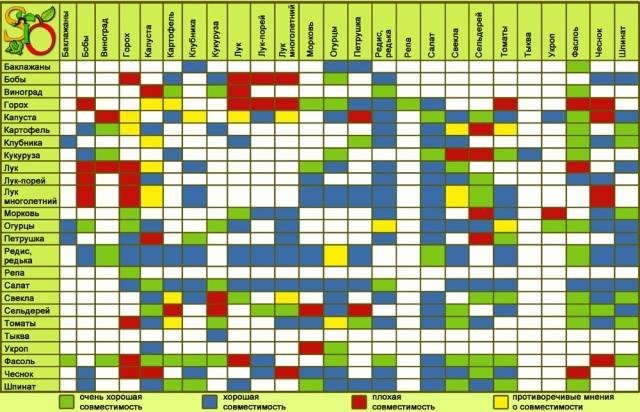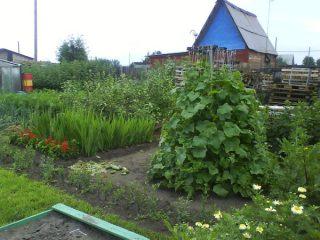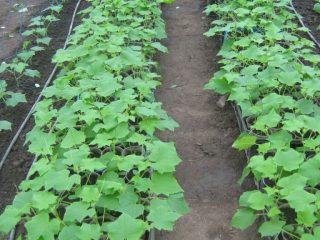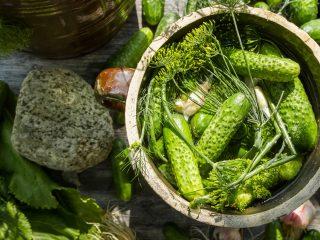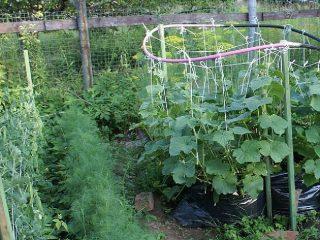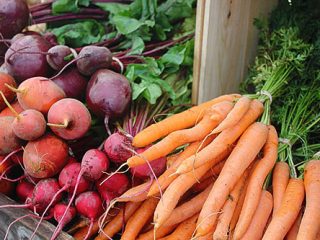Content
Cultivation of various types vegetables in one bedis not a new trick. Even Indians in America planted corn, beans and pumpkin together.
The pumpkin protected the ground from the heat with its leaves and slowed down growth weeds... The corn planted nearby could protect the pumpkin from overheating, and the beans were able to enrich the soil with nitrogen, so necessary for the first two crops. And in Russia, joint planting of herbs and vegetables was often used to protect against pests. But in the last hundred years, a lot has been forgotten, although in other countries there was a constant accumulation of experience in the use of joint planting of vegetables.
The compatibility of vegetables in the beds allows for better use of the available land, and it can also look very beautiful from the outside. Only in this case, there are many nuances. To take into account all of them, it is necessary to draw up a detailed site plan and think over all possible planting schemes in advance.
What are combined landings for?
Actually, in nature it is difficult to find large fields, consisting entirely of one culture. Most often, you can find a wide variety of plants that help and support each other. But for a person, first of all, yield is important. So, with combined plantings, you can get several times more harvest of various vegetables and herbs from the same area.
Moreover, with proper planning, it becomes possible to obtain a consistent harvest of fresh vegetables from early spring to late autumn.
Mixed planting allows you to completely cover the land and keep weeds out. In addition, they do not give such a one-sided depletion of the soil, which often occurs with mono planting of vegetables.
Finally, many plants growing in close proximity are capable of enhancing the flavor of their neighbors and the nutritional value of their fruits.
Good neighbors
There is a whole group of plants that have a beneficial effect on almost any vegetables, if planted next to them. These are the so-called aromatic herbs. There are also special pairs of vegetables and herbs, which it is advisable to plant side by side. For example, basil can improve the taste of tomatoes planted nearby, and dill has the same effect on cabbage.
Well-compatible vegetables are cucumber and corn. Corn protects the cucumber from the scorching heat and at the same time serves as a support for its long lashes.
Below is a table showing what you can combine vegetables with to get a beneficial effect.
When talking about good neighbors, one cannot fail to mention the role of legumes. They are able to recycle nitrogen from the air with the help of special nodule bacteria that exist on their roots. Therefore, they can supply nitrogen to nearby plants. Although the maximum nitrogen is released after the plants die off. Therefore, after legumes, you can plant any plants that require nitrogen content in the soil, for example, pumpkin or cabbage.
For foreign gardeners, spinach is a favorite plant actively used in joint plantings.Its roots secrete special substances that help absorb nutrients from the soil. Spinach adjoins remarkably on the same bed with potatoes, beets, tomatoes, beans. In addition, its leaves cover the soil while other plants are still small, and protect it from drying out and from the dominance of weeds.
Protective plants
Usually this category includes plants that repel insects, but not only. Often, aromatic herbs planted next to vegetables confuse pests more, preventing them from finding an attractive plant by smell. For example, to protect cabbage beds from cabbage scoops and earthen fleas in cabbage beds, you can plant nearby strongly scented plants, for example, sage and thyme. For the same purpose, garlic is planted to protect roses from aphids, basil is planted near beans to protect against bean kernels.
From the table below, you can find out which plants protect against the main pests of garden crops.
Plants that should not be planted nearby
A relationship of enmity is rarely observed between plants. Poor compatibility is most often explained by their secretions of roots or leaves, which can inhibit the growth of neighbors. For example, sage does not get along well with onions, marigolds adversely affect beans. Collard greens won't like tansy, and potatoes won't like quinoa.
Naturally, plants of similar height and leaf size do not get along well with each other if they are planted too closely. For example, various types of cabbage and pumpkin.
Combination options for vegetables
The most interesting way to grow vegetables in mixed plantings is to combine them not only horizontally, but also vertically. Not only in space, but also in time. To obtain good yields, the following rules should be observed:
- Vegetables that belong to the same family should not follow each other, neither in a small crop rotation (during one season), nor in a large one. This must be especially strictly observed in relation to vegetables of the haze family (beets, Swiss chard, spinach). Because they have a particularly developed sensitivity to their own root secretions.
- Combine plants with different nutritional requirements on the same bed. The main most demanding vegetable crop is located in the middle of the garden bed, while the less demanding plants are placed along the edges of the garden bed. It is also important to place plants with shallow and deep root systems next to them so that they do not interfere with each other.
- Plants should be combined with each other according to the demand for heat and moisture. So, the most demanding for watering are all cabbage and pumpkin seeds. Less demanding - tomatoes, root vegetables, lettuce, spinach. All onions, beans, peas are completely undemanding to moisture.
Examples of mixed plantings of vegetables with different ripening periods make it possible to get something like a green conveyor throughout the season.
For example, on a garden bed one meter wide, every ten centimeters are planted:
- lettuce, alternating with radishes every 10 cm;
- watercress;
- head lettuce with kohlrabi is planted through one plant;
- spinach three rows;
- one row of early potatoes;
- spinach two rows.
In total, 9 rows of vegetables and herbs are obtained. All of these cultures go well with each other. The spinach can be harvested first, about 6 weeks after sowing. The leaves are cut, and the roots remain in the ground and serve as fertilizer for the soil. At the same time, the watercress ripens, it is also cut, thereby freeing up another row. Then the radishes are harvested, and the lettuce is cut through one, allowing the others to grow in breadth.
After another week or two, the head salad is removed, and the kohlrabi gets a lot of room for tying good heads of cabbage. Potatoes are harvested last. As a result, about 11 kg of products can be harvested from one square meter of such mixed plantings of vegetables.
Another interesting example is the alignment of vegetables both horizontally and vertically.
For this, the garden bed should be located from west to east, and a trellis for high culture, in this case, curly beans, is installed along its northernmost edge. The next row will be low-growing tomatoes with an indent between the rows of 20 cm, then, after 20 cm, carrots, then onions, and the last fifth row can be planted with some scaring fragrant herb, such as basil.
Carrots and onions are among the first to be sown on this bed. In this case, all vegetables are harvested almost simultaneously.
In order for you to create your own mixed planting options yourself, below is a compatibility table for the main vegetables that are grown in gardens.
Using this table, you can try creating different options for mixed plantings of vegetables. If you use mixed plantings of vegetables throughout the garden, then even crop rotation no longer becomes so relevant, since this option for planting plants can also help get rid of the accumulation of diseases in the soil.
Try, create your own options for mixed landings, just do not take absolutely all the information in the table on faith. It is best to check them in your own garden. Because plants, like any living creature, can behave unpredictably.
